A growbox is not just a container for growing plants, it's a whole world of possibilities where the experienced grower can reach his or her potential. It is a place where knowledge, experience and innovation come together to create the perfect environment for plants to grow and thrive. In today's world, the growbox has become an essential item for growers of all experience levels, from beginners to veterans.
Experienced growers realize that successfully growing plants requires not only effort, but also strategy. They carefully plan every aspect of their growbox, from choosing the right equipment to managing plant growth.
Lighting
One of the most critical aspects of the growbox for the experienced grower is lighting. Plants use light for photosynthesis, a process that allows them to convert light energy into the chemical energy needed for growth and development. Therefore, choosing the right lighting is a key step to ensure healthy and productive plant growth in the growbox.
Experienced growers often use different types of lighting systems, including metal halide, high-intensity discharge (HID), light-emitting diode (LED), and others. Each of these types of lighting has advantages and disadvantages, and the choice depends on a number of factors, including the type of plants being grown, the phase of growth, and the available budget.
Metal halide and HID lamps provide intense light that is suitable for plants at all stages of their life cycle. However, they consume more energy and generate more heat, requiring more ventilation and cooling of the growbox.
Light-emitting diode (LED) lighting systems, on the other hand, are energy efficient and provide a wide spectrum of light that can be customized to suit the needs of specific plants and their growth phase. They are also less thermal, which makes managing the temperature in the growbox easier and more efficient.
It is important to consider not only the type of lighting, but also its location and intensity in the growbox. Optimal light distribution ensures that all plants are evenly illuminated and minimizes potential shading or overheating problems. In addition, experienced growers often use timers to automatically control the length of day and night to mimic natural conditions for plants and optimize their growth.
All of this makes lighting one of the most important aspects of an experienced grower's grow box, requiring careful selection, adjustment and control to achieve optimal plant growth results.
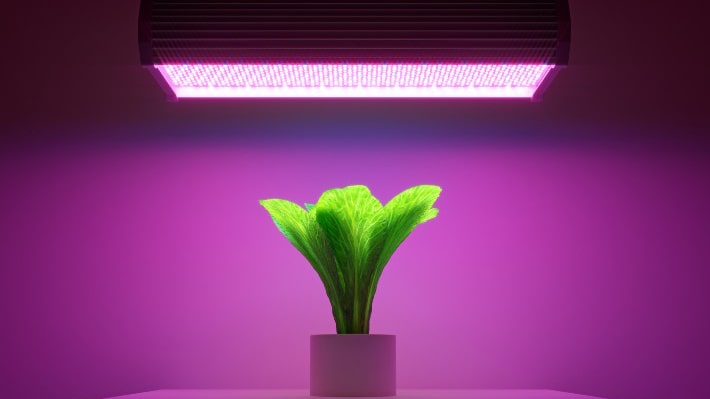
Ventilation and climate control
In the growbox of an experienced grower, efficient ventilation and climate control play a crucial role. Maintaining optimum air exchange and temperature conditions is essential for healthy and thriving plants.
Experienced growers ensure a constant supply of fresh air and exhaust air from the grow box. This is accomplished by installing ventilation systems, which may include fans to circulate air as well as exhaust systems to remove excess moisture and heat.
Climate control also involves maintaining optimal temperature and humidity in the growbox. This is achieved using thermostats and hygrostats that automatically regulate the heating, air conditioning and humidification systems.
Optimal air exchange and climate control in the grow box helps prevent mold and fungal infections, and provides the plants with the right amount of fresh air and oxygen for photosynthesis. In addition, proper temperature and humidity management promotes more uniform plant growth and prevents stressful conditions that can negatively affect plant health.
Thus, ventilation and climate control are an integral part of an experienced grower's growbox, providing optimal conditions for plant growth and development, as well as minimizing the risk of various diseases and problems associated with insufficient air circulation and improper climatic conditions.
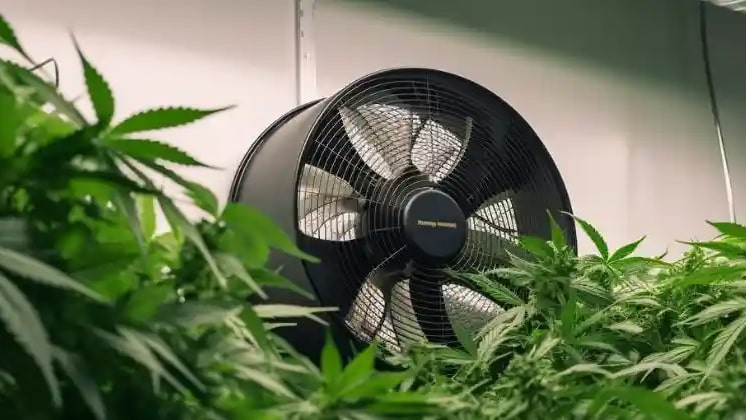
Feeding and fertilizer
Feeding and fertilizing play an important role in the experienced grower's growbox, as it provides plants with all the nutrients they need for healthy growth and development. Experienced growers understand that proper plant nutrition is key to producing a quality crop.
First of all, it is essential to choose the right fertilizers depending on the plants' needs and their growth phase. Some plants may require more nitrogen during the growing season, while others may need more phosphorus and potassium during flowering and fruiting. Experienced growers take these needs into account and choose fertilizers with the appropriate nutrient content.
It is also important to dose fertilizers correctly to avoid oversaturation of plants and possible root overheating problems. This can be especially important when using fertilizers in hydroponic systems, where nutrient solutions are applied directly to plant roots.
Experienced growers can also experiment with different types of fertilizers, including organic and mineral fertilizers, as well as micronutrient supplements. This allows them to tailor plant nutrition to specific conditions and needs, which can lead to improved crop quality and yields.
Feeding and fertilizers thus play an important role in the growbox of an experienced grower, providing plants with all the nutrients they need for healthy growth and development.
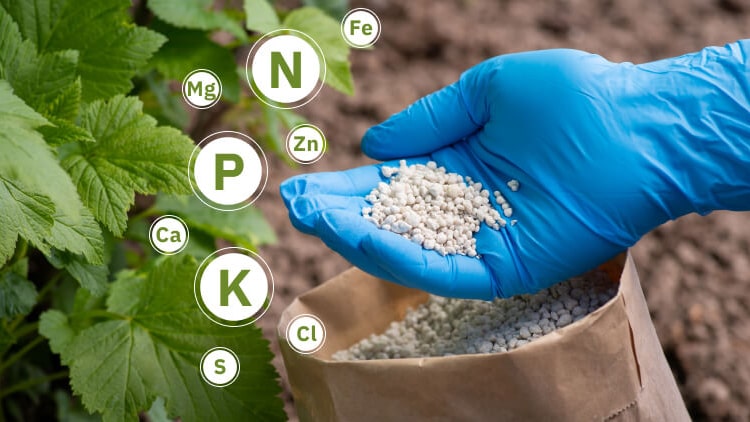
Filtration
Filtration plays an important role in the experienced grower's growbox, keeping the indoor air clean and fresh and preventing the development of unwanted odors and harmful substances.
One of the most common types of filters used in growboxes are carbon filters. They effectively capture and neutralize odors resulting from the decomposition of organic matter and evaporation of oils from plants. Carbon filters have a porous structure that provides a large surface area for odor absorption, and they are usually placed in the ventilation system to clean the air that passes through them.
For more effective removal of harmful substances such as bacteria, fungi, and viruses, experienced growers may also utilize reverse osmosis filters. These filters work on the principle of passing water through a semi-permeable membrane that traps contaminant molecules and various microorganisms, providing a high degree of water and air purification.
When choosing a filtration, experienced growers consider not only its effectiveness in purifying the air, but also its size suitable for the particular type of growbox. They also replace or clean the filters regularly according to the manufacturers' recommendations to ensure that the filtration system continues to work continuously and avoids clogging.
In this way, filtration is an integral part of the experienced grower's growbox, ensuring clean and fresh indoor air and creating optimal conditions for healthy plant growth and development. Choosing the right type and size of filtration, as well as its regular maintenance, helps experienced growers to maintain high standards of air quality in their grow boxes.
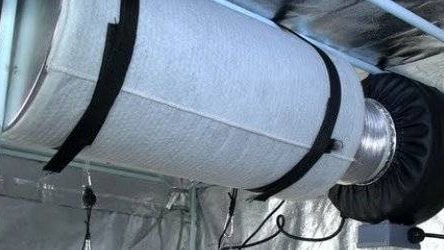
An experienced grower's grow box is not only a place to grow plants, but also a world of possibilities where knowledge, experience and innovation combine for optimal results.
Experienced growers understand the importance of each of these elements and strive to continually improve their skills and techniques. They not only learn the scientific principles behind successful growers, but also apply their experience and intuition to find the most effective solutions.
The growboxes of an experienced grower becomes a place for creative expression, where every detailed step leads to improved plant quality and yield. It combines technical skill, scientific knowledge and artistic approach to create a unique space for growing plants of any complexity.
Thus, the grower's growbox is not just a growing medium, but a true creative space where every grower can fulfill his or her potential and achieve outstanding results. It combines knowledge, experience and passion for plants to create the ideal conditions for them to grow and thrive.
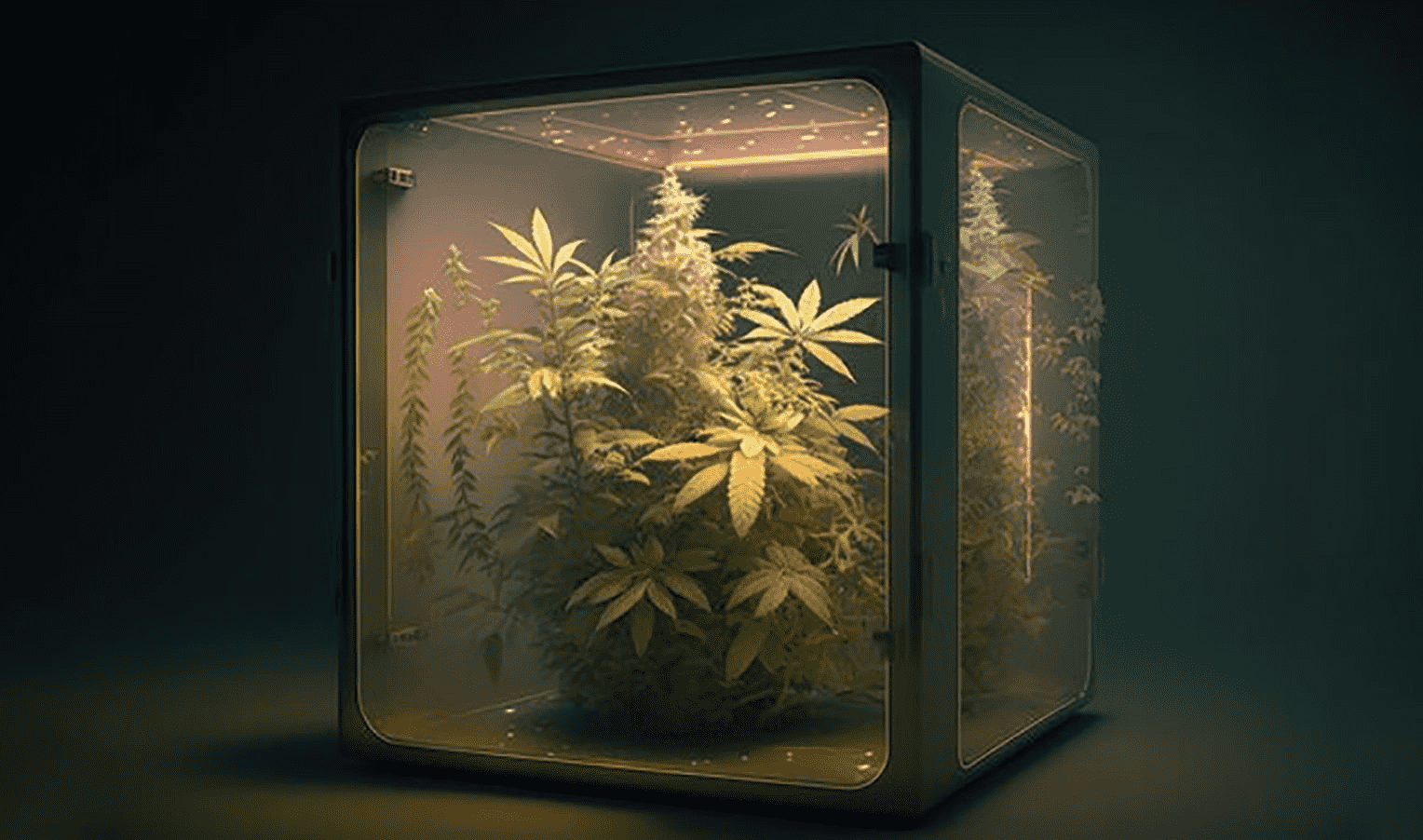
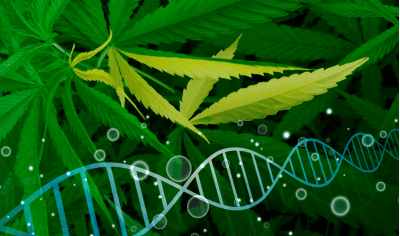
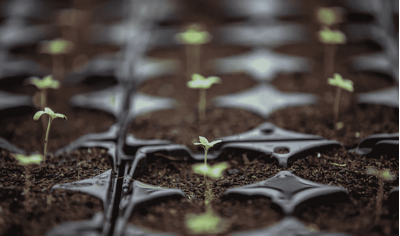
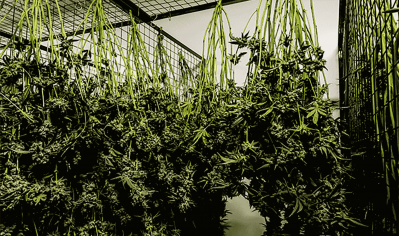
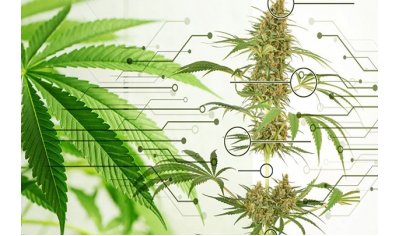
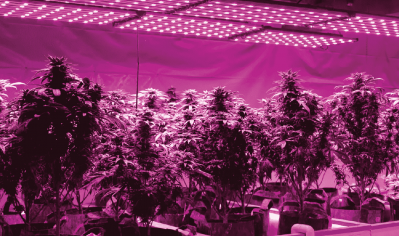
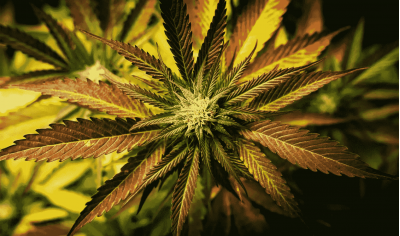
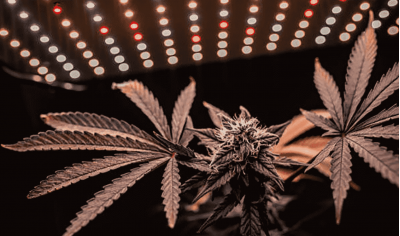
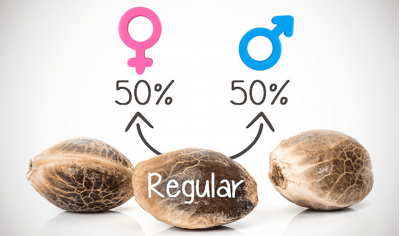
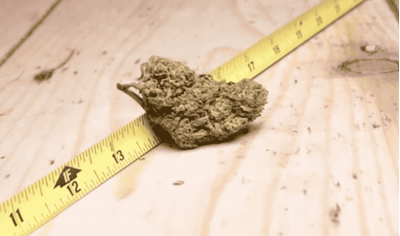
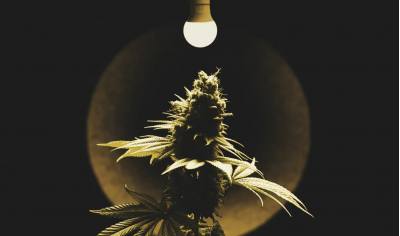
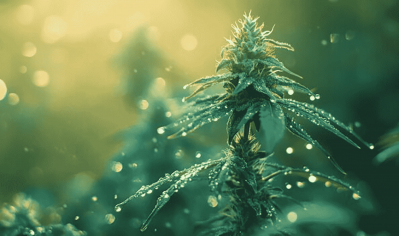
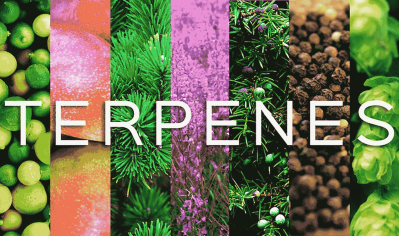
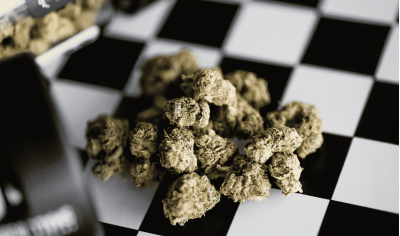


Write a comment